By Kathryn Coulibaly
Like most middle schoolers, the students at Christa McAuliffe Middle School in Jackson care a lot about their clothes. Recognizing this, Bridgit Valgenti, a library media specialist at the school, applied for a grant from the NJEA Frederick L. Hipp Foundation for Excellence in Education to fund an eco-conscious fashion club. The goal was to help students learn to rework items donated to their existing school thrift shop and repurpose things they might already own. Students would learn to sew by hand and on a machine, embroider, perform alterations and, ultimately, participate in a fashion show to display their creations.
In April 2022, Valgenti learned that their team, which included art teacher Lizbeth Murphy and physical education teacher and founder of the school thrift shop Victoria Hay, had won a $5,560 Hipp grant from NJEA. Over the following summer, they worked to put the program together.
“The response to the program was overwhelming, not only from the students, but from people in the school and wider community willing to step in and help,” Valgenti says. “When we started Thrifter Upper, we thought that we would have 30 students total and focus on sewing and alterations. We ended up with 90 students!”
One of the assets Valgenti and her colleagues had going into the project was the robust Vintage Shoppe at the middle school. Students were already comfortable and familiar with the shop, which has clothing, shoes, jewelry, hair accessories and other accoutrements, as well as access to menstrual products for students.
“We’re really proud of our Vintage Shoppe,” Valgenti says. “Thrifter Upper seemed like a great way to build on that success while teaching our students new skills and showing them how they could modify existing materials to make clothes they were excited to wear.”
One of the biggest surprises about the project was not only the number of students who were eager to participate, but how many boys wanted to be a part of it. However, according to Tik Tok, the hashtag #boyswhosew had 53.4 million global views as of July 2023. Part of this interest is attributed to the pandemic, when sewing video views and machine sales increased exponentially.
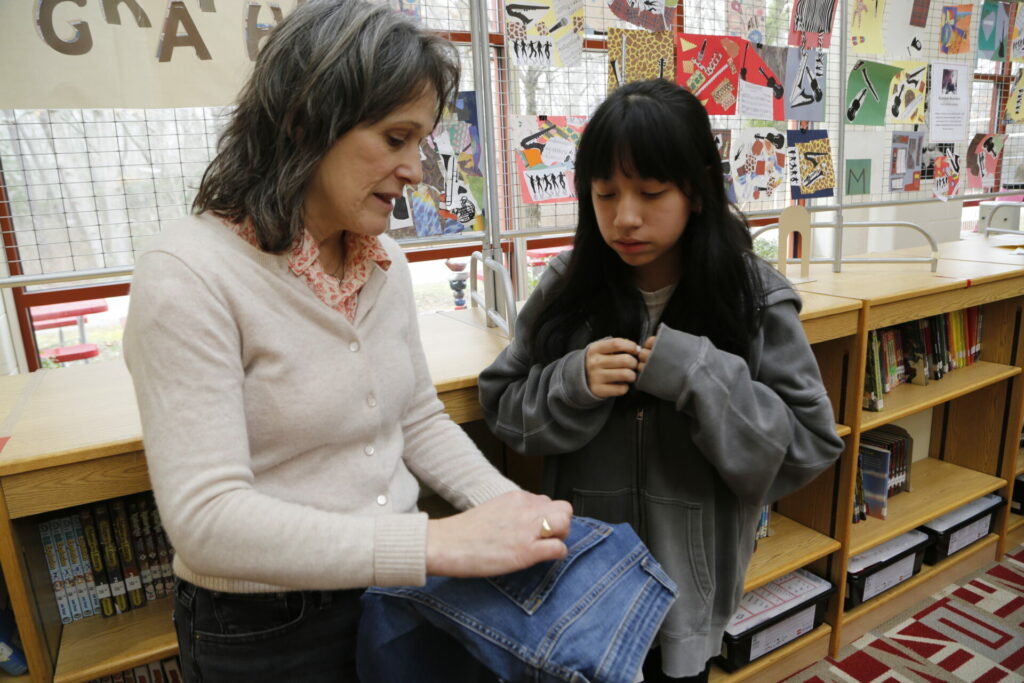
Bridgit Valgenti discusses a student’s design ideas and helps them create a plan to bring it to life.
Increasing operational capacity
“We didn’t have as many boys clothing items donated to the thrift shoppe, which forced them to be more creative,” Valgenti says. “They sewed pillows, aprons and repurposed other items.”
With 90 students in the program, space and attention became a challenge. The district provided an instructional trailer to operate from and store supplies and equipment, but there wasn’t enough room for everyone to be in there at the same time. Valgenti and her team divided the students into three groups and had them rotate through the trailer, where the sewing machines and serger were located. When students weren’t working in the trailer, they met in the library and focused on hand sewing.
Community members stepped forward to help. One of the student’s grandmothers, Susan DaGate, a retired Jackson teacher, volunteered to teach the students how to crochet. Anne Riguer, a professional fashion redesigner and Instagram influencer who goes by @effortlessly_striking, met with students to help them put their designs together and coached them for their fashion show. Gail McLaughlin, a retired food and consumer science teacher, was one of their sewing instructors. Her husband, Jim McLaughlin, provided sewing machine repair and maintenance. Marie Crecenz, a retired seamstress, donated all her leftover fabric, ribbons and buttons to Thrifter Upper.
“We relied on community members to share their talents,” Valgenti says. “We had many parents who could not attend our meetings, but who assisted their students at home and then the students shared what they learned with the group. One example is a student who was shown a form of Colombian embroidery. She then showed the group the pattern and the technique.”
The club met weekly after school. During the school year, they held three late-night meetings leading up to the fashion show.
“The response from staff was overwhelmingly positive,” Valgenti says. “They would often stop by during our club meetings to observe or help out.”
Students created a variety of products, including bags, aprons, scrunchies and more. They altered many items and added embroidery and other embellishments to existing items.
“Thrifter Upper is an opportunity for students to learn a valuable, marketable skill while expressing their creativity,” Valgenti says. “As advisers, we were given the opportunity to connect with our students as we watch them problem-solve and master skills.”
Kathryn Coulibaly is the associate editor of the NJEA Review and provides content and support to njea.org. She can be reached at kcoulibaly@njea.org.
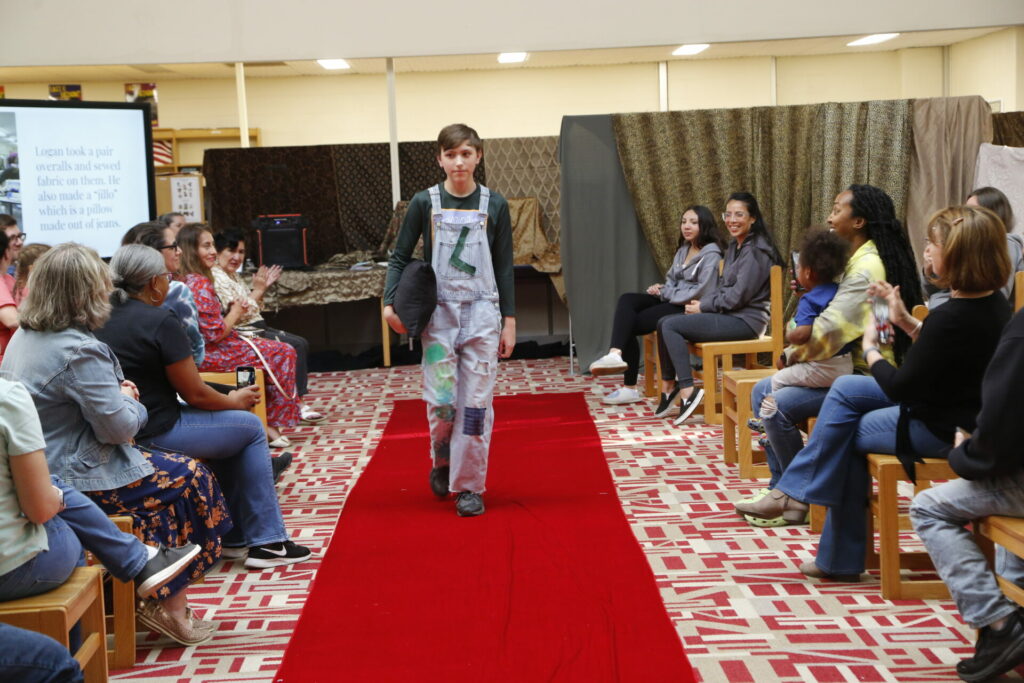
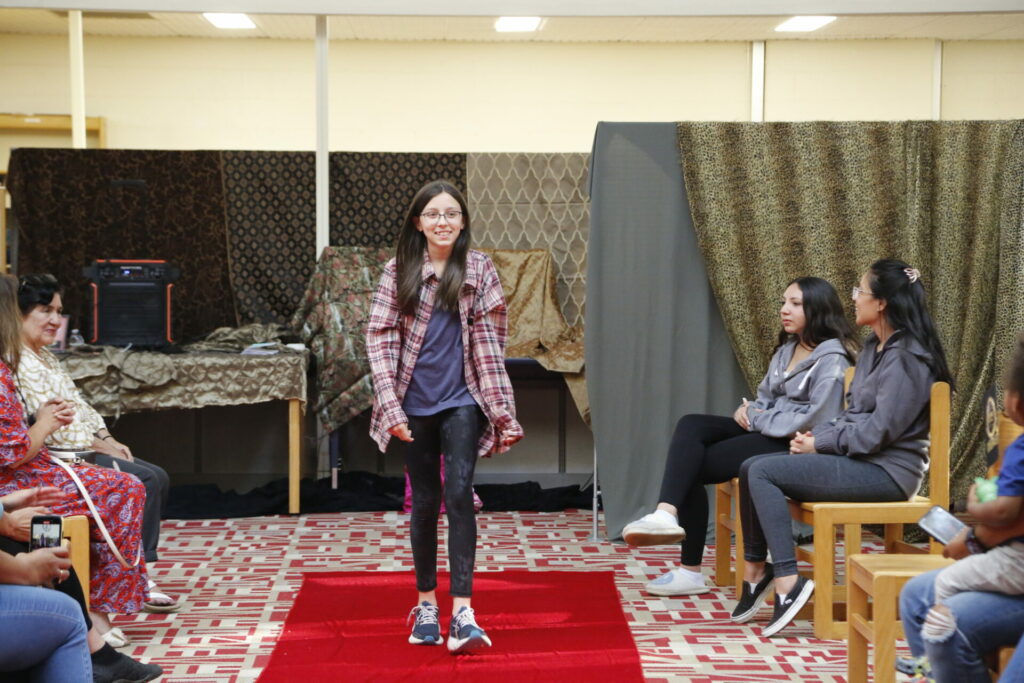
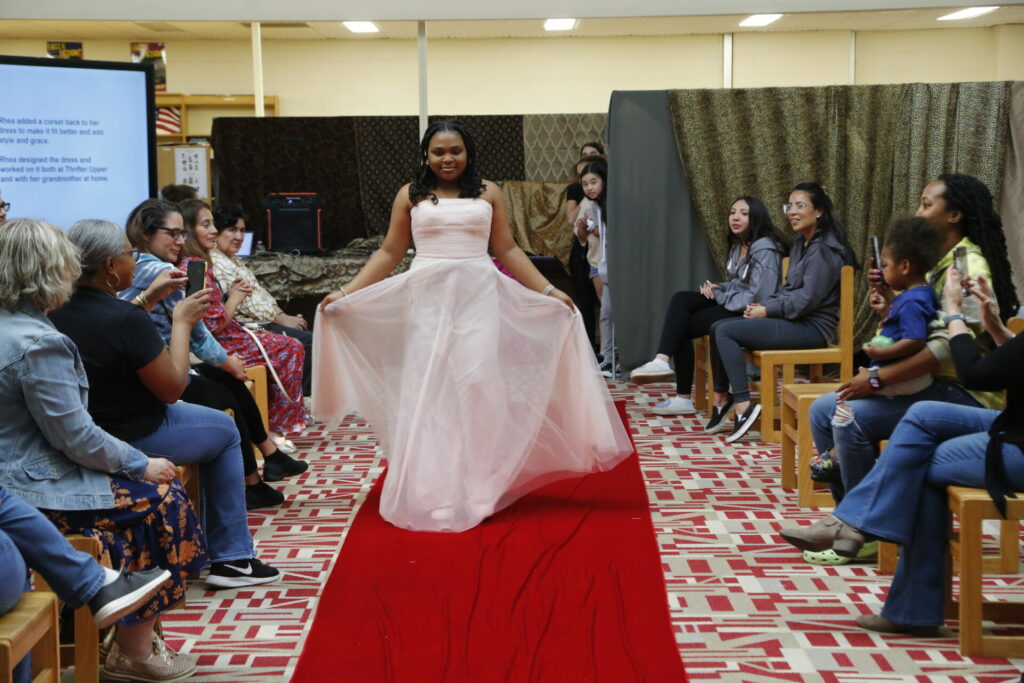
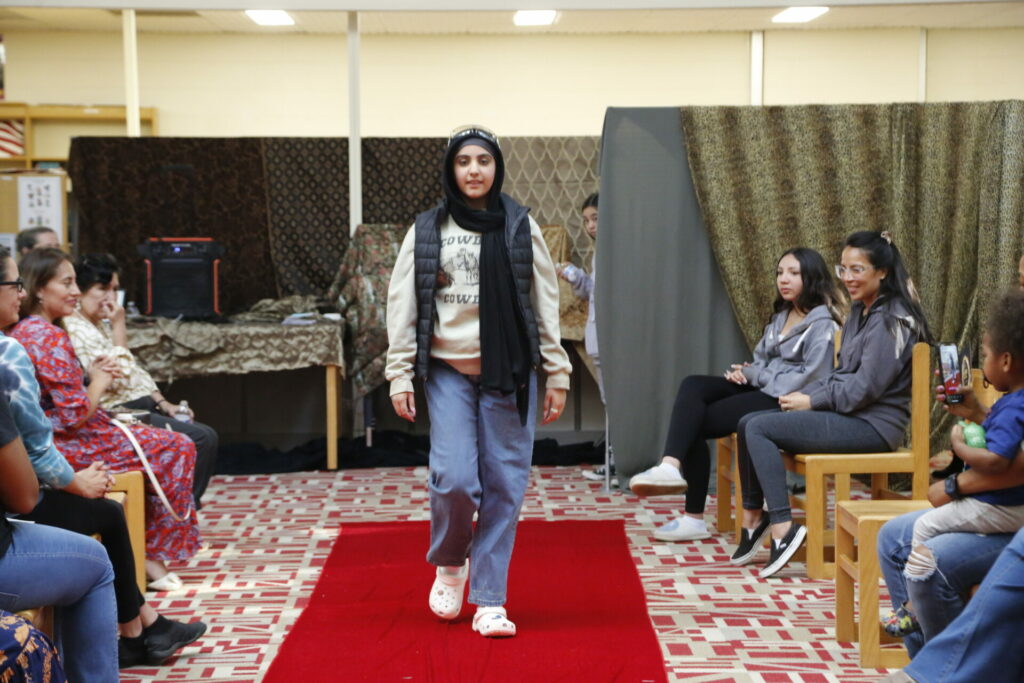
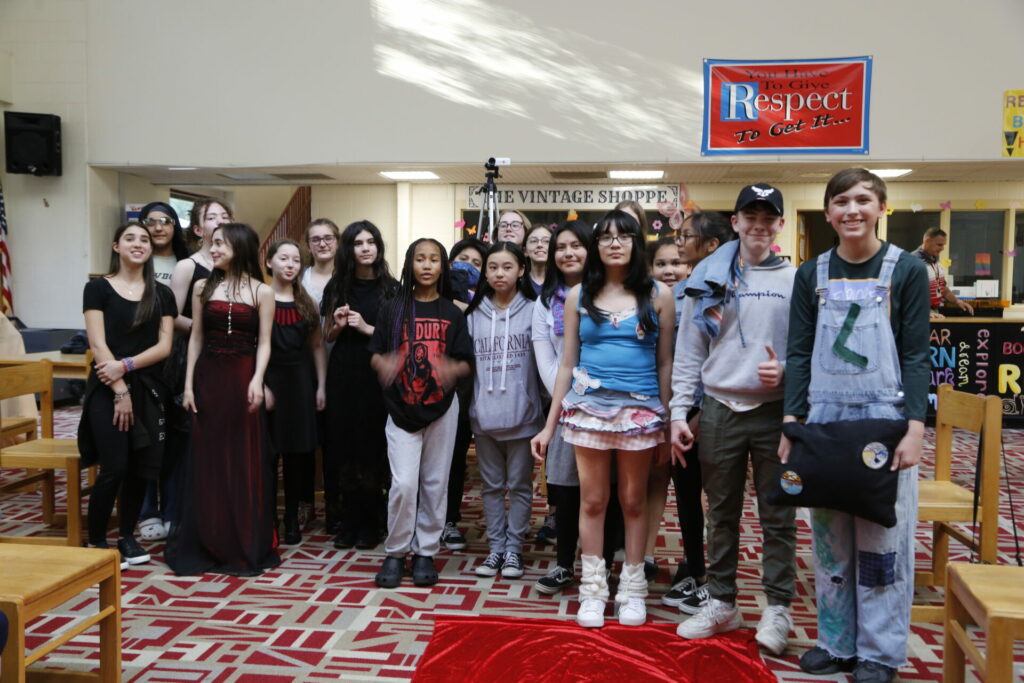
Apply for an NJEA Hipp Grant
NJEA Frederick L. Hipp grants help educators bring creative ideas to life. The only foundation of its kind in New Jersey, the Hipp Foundation supports initiatives to promote excellence in education. More than $2.56 million in grants for innovative educational projects that represent a bold, fresh approach by public school employees has already been awarded.
Apply for a Hipp grant and bring your innovative ideas to life. The deadline is always March 1, but it’s never too early to start planning. Grants range from $500 to $10,000.
Learn more at njea.org/hipp.